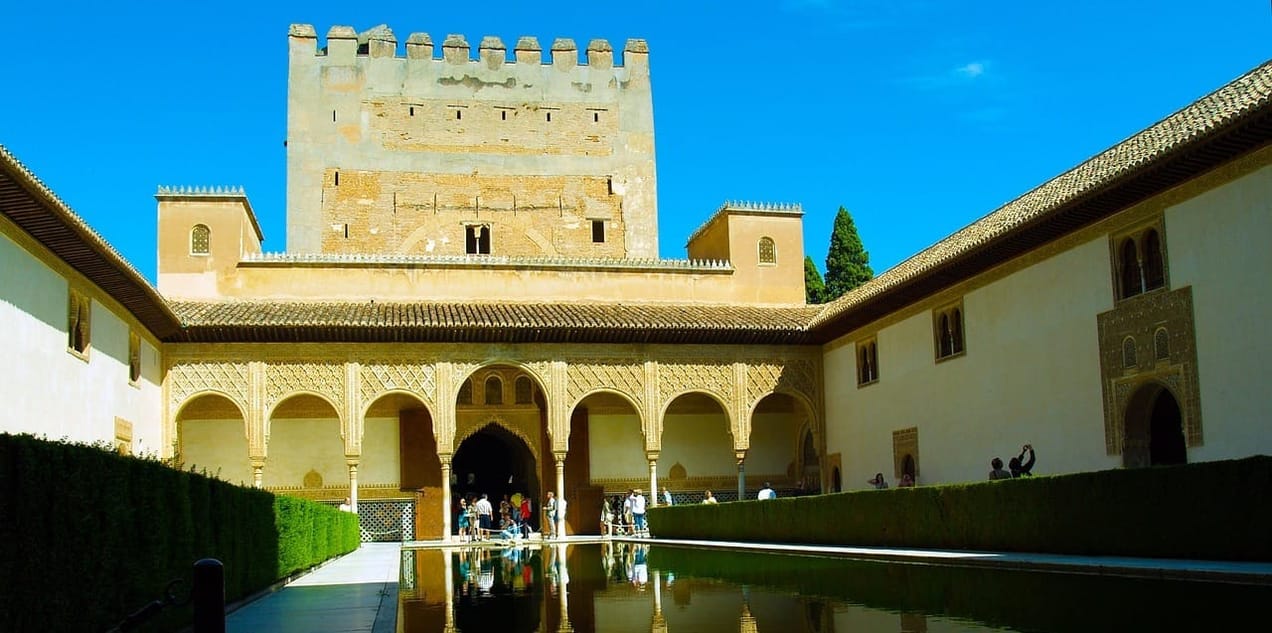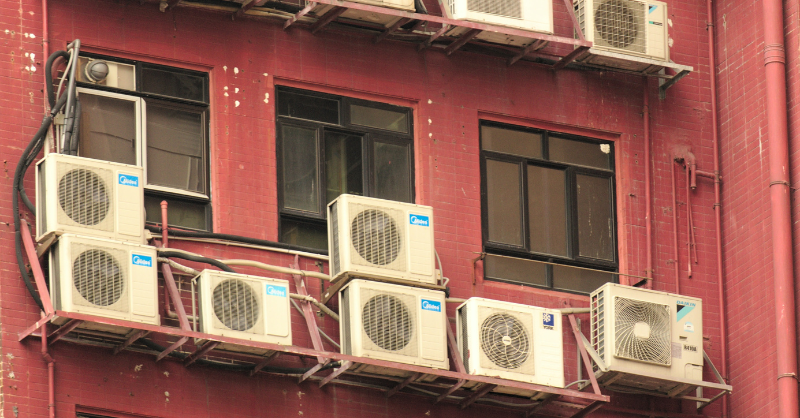
Reducing electricity demand and still staying cool
For many in the world, staying cool in the heat of summer is as important as staying warm in the winter is to those of us who live in the the northern latitudes. And yet it often gets a lot less attention in the electricity security and supply debate.
Summary: For many in the world, staying cool in the heat of summer is as important as staying warm in the winter is to those of us who live in the the northern latitudes. And yet it often gets a lot less attention in the electricity security and supply debate. As the world continues to warm, and as those in the Global South become more affluent, this is going to become an increasingly important contributor to electricity demand. The good news is that there are solutions - among which demand management is potentially one of the most powerful and (technically) easily implemented.
Why this is important: Recent attention has been focused on the need to strengthen our electricity grids to accommodate variable sources of generation, such as renewables. But there are also ways of helping the electricity supply we have go further. This can postpone the need for extra spending AND reduce some of the transition risks.
The big theme: When most people think about the security of electricity supply they tend to start from "making sure we have enough supply to meet demand". But what if we turn the question around. Instead of thinking about electricity demand as being fixed, why not start with "what demand can we shift into periods of surplus or cheaper supply". Welcome to the world of demand management - probably the least known, but potentially most important tool we have for decarbonising our electricity systems.

The details
Summary of a report from The Energy Efficiency Council
Rob Murray-Leach: Enabling a zero emissions energy system with energy management, renewables and electrification - April 2023
A rapid shift to renewable generation offers the promise of cleaner and more affordable electricity, but the transition to variable renewables is uncharted and complex. To address these challenges, we need substantial investment in renewable generation, storage, transmission networks, electrification and renewable fuels. However, if we don’t complement these investments with energy management, the shift to clean energy will be slower, more expensive and runs the risk of reducing reliability.
The purpose of our electricity system is to meet people’s demand for services such as comfortable homes and productive businesses. If we need less electricity to meet this demand, we will need to spend less on generation, storage and networks. This makes building a 100% renewable grid faster, easier and cheaper. But this is not just about energy efficiency, as important as it is - we also need to build systems that enable load shifting (to better align demand with periods of cheap renewable electricity) and demand response (scaling consumption up and down).
Why this is important
Before we start on this topic, a quick correction to yesterday's blog. In our discussion on air pollution and passenger vehicles, we included the kerb weights for the F-150 and the Tesla Model Y but the gross vehicle weight for the Toyota Corolla. This does not change the point of the blog, but we would hate for you to go away with the wrong facts. After all that is what we are all about - giving you the perspectives you need to make better informed decisions.
OK - so back to demand management in electricity systems.
Many analysts tend to start thinking about the electricity transition with renewables and how we need to build more of them. And more recently, attention has shifted to how we need to strengthen our electricity grids to accommodate these variable sources of generation. This has led to a focus on new capital spending such as battery storage and interconnectors. This is clearly important, we all know we need a lot of extra investment to fund the transitions.
But, there are also ways of helping the electricity supply we have go further. This can postpone the need for extra spending AND reduce some of the transition risks. Part of this comes from what is known as energy efficiency, for instance better building insulation, and appliances that use less electricity. But, we also have a number of other techniques that aim to shift the demand around, so that it coincides with periods when our renewable generation resources such as wind and solar are producing more electricity than we can currently consume.
The easiest technique to explain is peak shifting. Here we move electricity demand from the peak period, when its most expensive, out to the shoulder period (or even the off peak), when its cheaper.
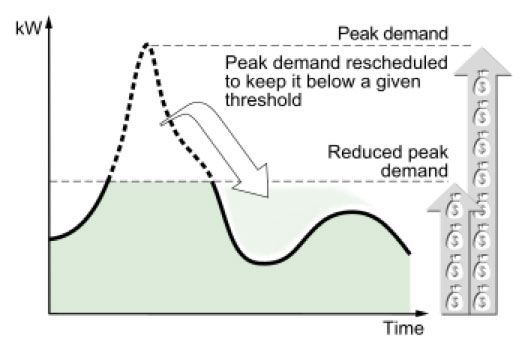
A good example of this is India, where electricity demand is expected to grow by nearly 5% pa out to 2030 (and probably beyond). The country has made significant solar and wind generation capacity additions in the past five years, with declining solar and wind installation costs and ambitious government mandates (to install 175 GW renewables by 2022) spurring this growth. The trajectory is expected to continue given the steady push towards decarbonising the sector.
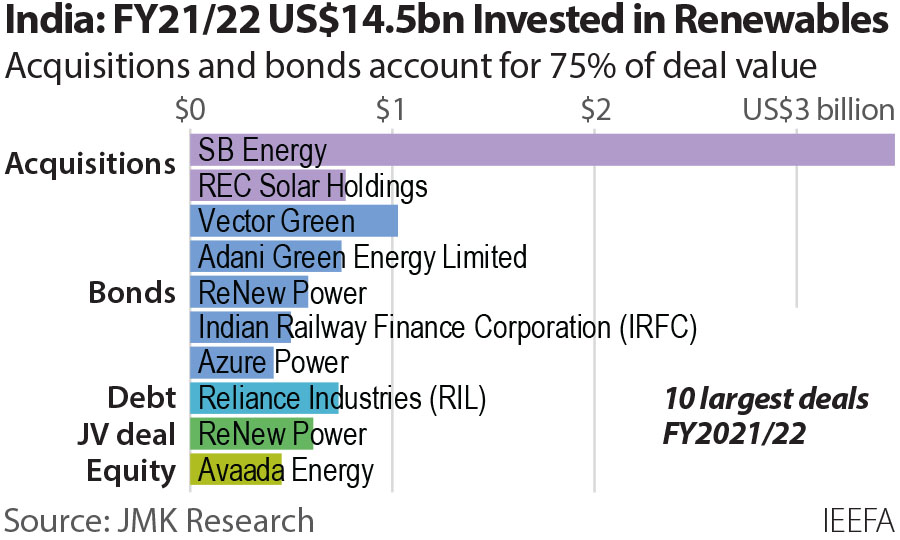
But, it's important to bear in mind that this is not just about needing to generate more electricity, its also about how peaky the demand currently is. The measure of this is called the "peak ratio", which measures the highest demand period as against average demand. A higher ratio indicates higher peaks (as shown in the chart earlier). Peak electricity demands can be very expensive to meet, as they often necessitate the running of generation plant for short periods, which is normally very inefficient. So, the lower we can get the peak ratio, the cheaper the total cost of providing the electricity can become.

The chart above comes from a 2022 RMI report on the opportunities for demand response in the state of Haryana in the north of the country. The state already has a high peak ratio (between 1.7 and 1.8). New sources of load, such as cooling and electric vehicle charging, are expected to add to the variability of demand and could intensify the peakiness issue in the coming years. This could push the peak metric up to over 2x, further increasing the cost of supplying the required electricity.
Cooling demand, in particular, is expected to be a critical load management challenge. Increased cooling needs and a rising penetration of Air Conditioning units (AC's) mean that the share of cooling demand in total peak load could grow from 10% currently to 45% by 2050. Unmanaged cooling demand in Haryana alone could add nearly 3.3 GW of peak load to the grid during the summer.

So, what can be done to reduce the peaks and still keep people cool? To directly quote the report:
"The demand reduction potential of commercial buildings can be realised by developing effective control strategies and analysing their thermal inertia. If the energy consumption of certain critical electrical devices (e.g., ACs, electrical water tanks, heat pumps) is anticipated, demand flexibility can be ensured by reducing electricity consumption through pre-cooling/preheating the building. Indoor temperatures can be maintained within appreciative limits of the comfort of inhabitants by adopting various HVAC strategies based on the thermal properties of a building."
Regular readers of our blogs will recognise that these are the very techniques that we discussed in our recent archiTECHture deep dive. 👇🏾

One approach that Sandy discusses in that blog is an innovative idea that is being investigated in Australia - using the mass of a building as a 'thermal battery'. Researchers from the University of New South Wales have developed a method of using rooftop PV (photovoltaics) to run air conditioners and ‘pre-cool’ buildings before the rise in energy demand. They have coined the concept ‘solar pre-cooling’ and if it can be implemented at scale it could have a noticeable impact on energy consumption particularly in environments exposed to extreme temperatures, like Australia (and India).
The concept centres on the thermal mass of buildings acting as a virtual battery. This would involve ‘charging’ a building’s thermal mass by first reducing its thermal mass temperature, then distributing the ‘coolness’ during peak times. “This is typically done by reducing the thermostat setpoint a few hours before the expected peak period to force the AC to switch on” researchers explained.
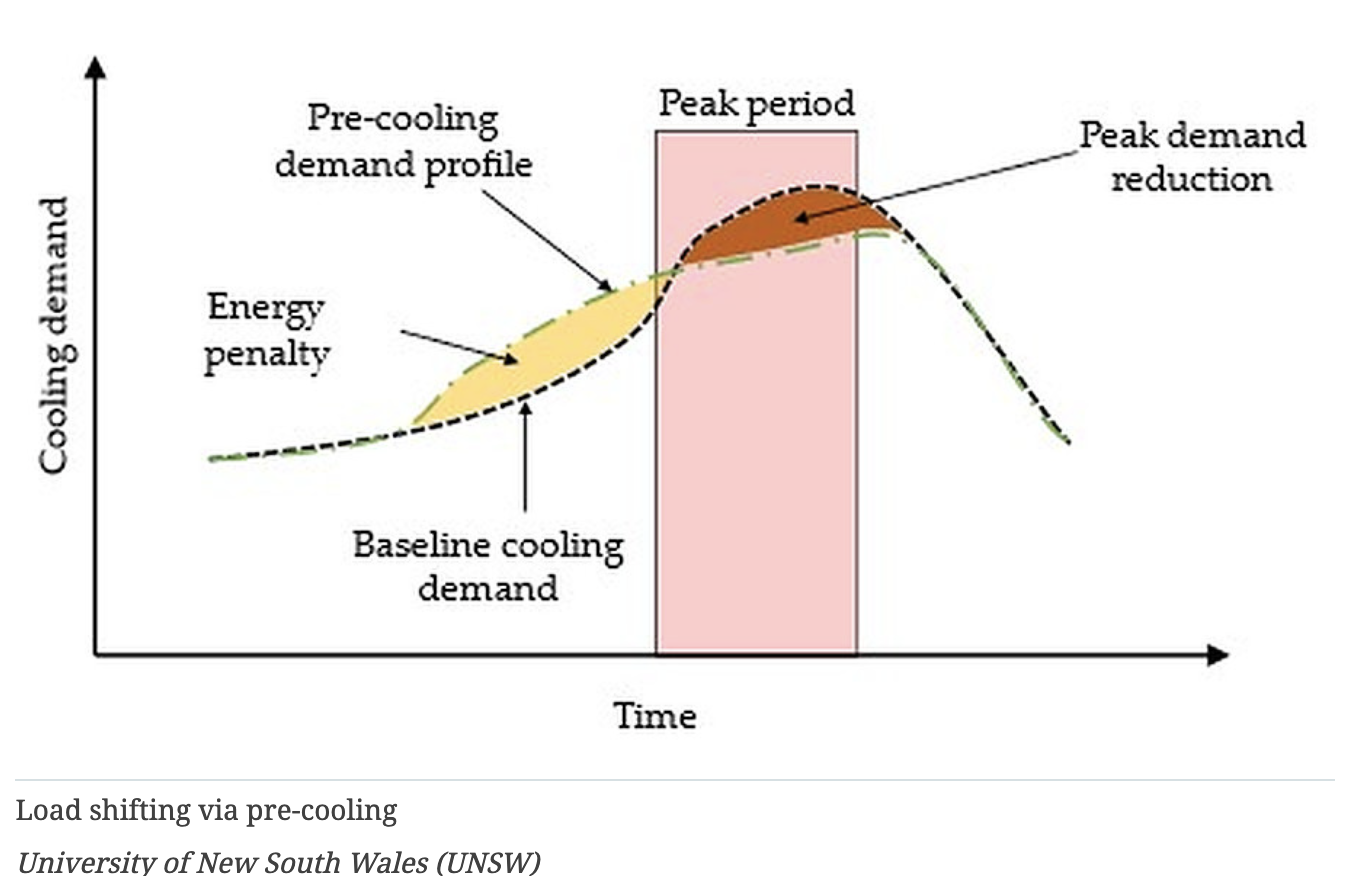
Something a little more bespoke?
Get in touch if there is a particular topic you would like us to write on. Just for you.
Contact us
Please read: important legal stuff.



